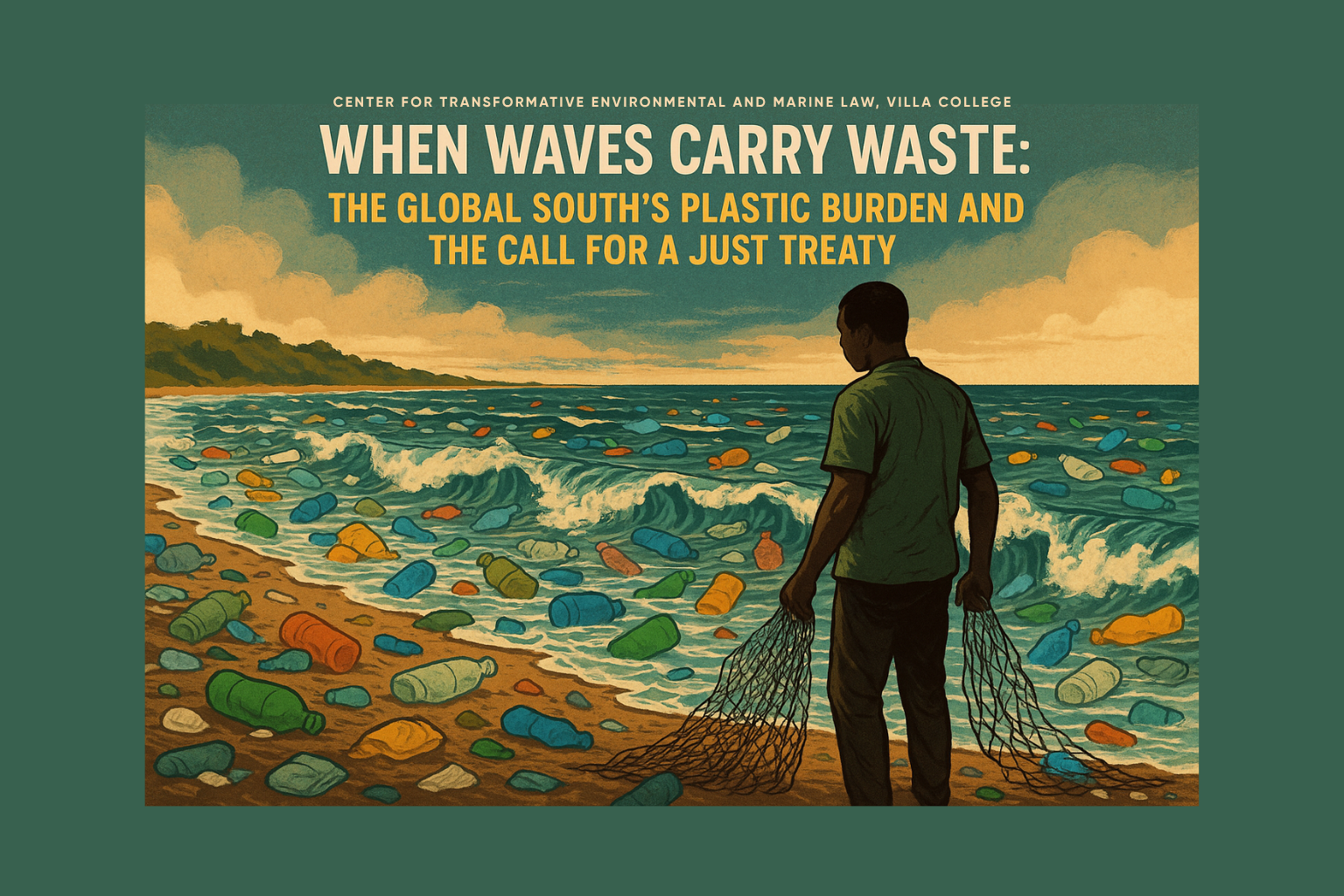Beyond the Horizon: Unpacking the Critical Link Between Microclimates and Coastal Sustainability
In our global conversation about climate change, we often focus on large-scale phenomena like rising global temperatures and melting ice caps. However, a recent in-depth analysis by Yosafat Haryanto of Indonesia's Meteorological, Climatological and Geophysical Agency reminds us of the profound importance of looking closer—at the microclimates that govern our vital coastal ecosystems. These localized climate conditions, unique to small areas, are the invisible architects of coastal life, and understanding their dynamics is fundamental to ensuring the sustainability of these fragile environments.
Coastal ecosystems are intricate transitional zones where land meets sea, and their health is heavily dictated by their microclimate. These localized conditions perform several essential roles that support biodiversity and provide crucial services. They influence the very fabric of the coast by determining the type and distribution of vegetation, such as mangroves and seagrasses, which are cornerstones of the ecosystem. Furthermore, microclimates act as natural thermostats and humidifiers. Coastal vegetation provides shade, which helps regulate local temperatures and reduce extreme fluctuations, while also maintaining the air and soil moisture necessary for processes like carbon sequestration. This delicate balance creates stable habitats for diverse wildlife and provides natural defenses; for example, healthy mangrove root systems stabilize soil and buffer coastlines against the destructive forces of erosion and storm waves.
Unfortunately, these finely tuned systems are facing unprecedented threats due to global climate change manifesting at a local level. The research outlines a cascade of interconnected dangers that jeopardize our coasts. The most prominent threat is sea-level rise, driven by thermal expansion of warmer oceans and melting glaciers. This leads to a host of devastating consequences, including accelerated coastal erosion and abrasion, more frequent and severe coastal flooding that threatens homes and infrastructure, and the loss of critical habitats like coral reefs and salt marshes to submergence. The impacts extend beyond the shoreline, as rising seas cause saltwater intrusion, which contaminates freshwater aquifers essential for drinking water and salinizes agricultural land, thereby reducing soil fertility and productivity.
The threats are compounded by other climatic shifts. Changes in weather patterns are bringing more frequent and intense storms and tropical cyclones, which not only cause direct physical damage but also alter ocean currents and impact fisheries. Simultaneously, rising seawater temperatures are causing widespread coral reef bleaching, disrupting marine ecosystems and threatening the tourism and fishing industries that depend on them. This warming also contributes to increased ocean acidity, which inhibits the growth of shellfish and other marine life, further destabilizing the food web. The cumulative effect of these environmental pressures creates severe socio-economic consequences. Communities face displacement, industries suffer major economic losses, and the loss of biodiversity weakens the entire ecosystem, making it even more vulnerable to future shocks.
To confront these challenges, the research advocates for a comprehensive and integrated strategy that combines both mitigation and adaptation. A purely defensive stance is not enough; we must proactively build resilience. Some of the key strategies involve designing and constructing climate-resilient infrastructure capable of withstanding extreme weather, restoring and utilizing native vegetation that is naturally adapted to local conditions to prevent erosion, and developing effective water management systems to combat floods and droughts. Crucially, this includes socio-economic adaptations, such as establishing robust early warning systems for extreme weather and encouraging livelihood diversification to reduce the dependence of coastal communities on resources that are increasingly vulnerable to climate change.
Ultimately, the path to securing the future of our coastal environments lies in synergy. The research highlights that conservation and microclimate adaptation are not separate pursuits but two sides of the same coin. Efforts to conserve healthy coastal ecosystems, like restoring mangrove forests, inherently increase their resilience to microclimate change. In turn, adaptation strategies that address specific local conditions, such as improved water management, strengthen and support long-term conservation goals. By embracing this integrated approach, we can work to protect and preserve these invaluable ecosystems, ensuring the long-term health of our planet’s coastal environments and the well-being of the millions who call them home.
Haryanto, Y. (2025). Sustainability and the Dynamics of Microclimate Change in Coastal Ecosystems. In T. Sanni (Ed.), The Oceans-Sustaining what Sustains Us. Center for Transformative Environmental and Marine Law, Faculty of Shariah and Law, ³Ô¹ÏÍø, Maldives.



